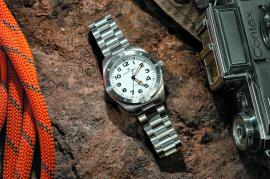The waterproof drone is the ultimate selfie snapper for surfers and swimmers
H20 and away we go with the HoverAir Aqua
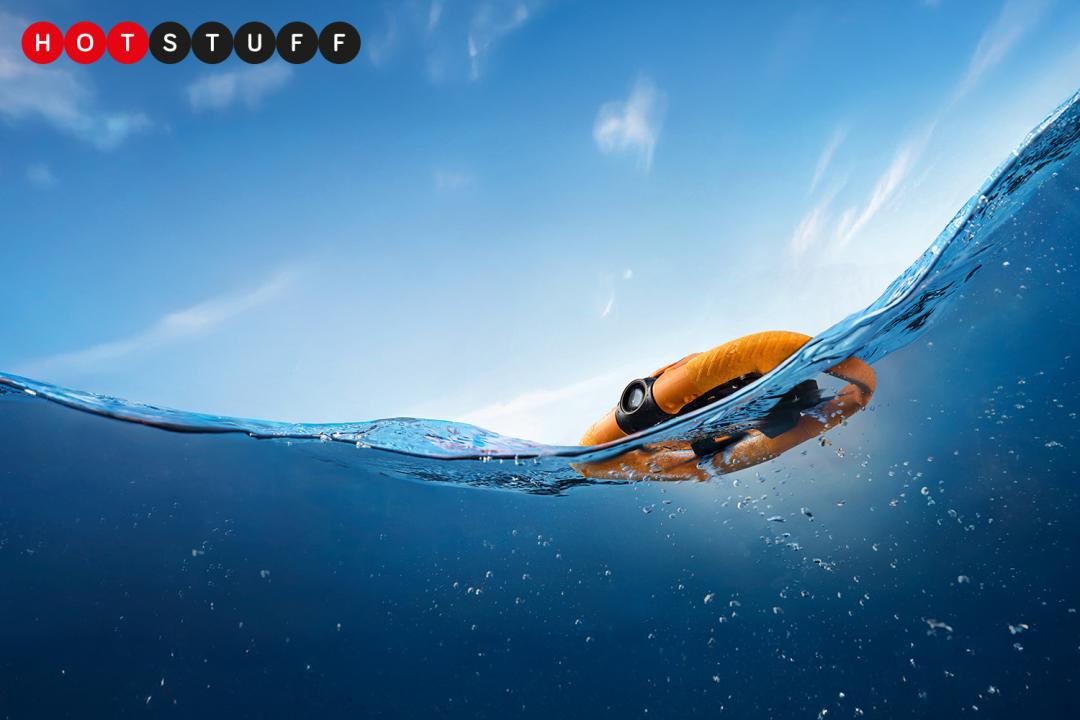
Consumer drones and water don’t mix. At least, that used to be the way of things, until Zero Zero Robotics’ HoverAir Aqua arrived on the scene. As the world’s first 100% waterproof self-flying drone, it’s built to make capturing surfing, paddle boarding, kayaking and other water-borne activities for posterity as stress-free as possible.
As someone who reviews drones for a living, I’m accustomed to seeing year-on-year advances in camera quality, flight capabilities and battery life – but it’s rare that something comes along that takes cheap, user-friendly drones in an entirely new direction. The HoverAir Aqua qualifies, by completely rewriting the rules around drones and the wet stuff.
Previously, even taking a drone up in a spot of light drizzle was a bad idea, but thanks to some extremely clever engineering, including the use of a hydrophobic nanocoating and self-heating anti-fog tech to keep the lens droplet-free, the Aqua loves H20.
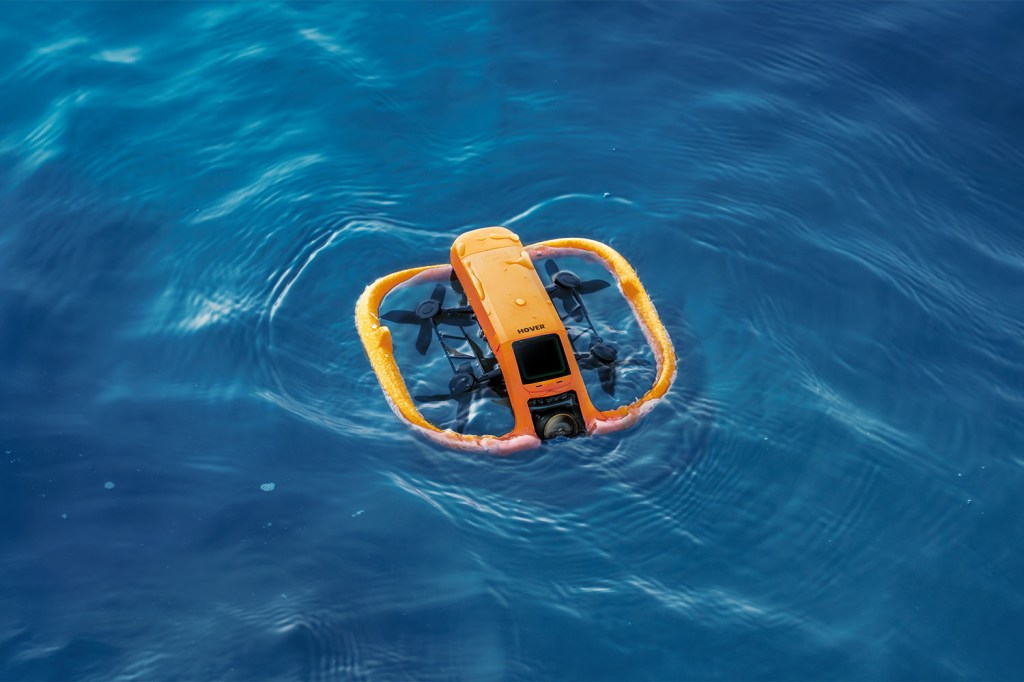
It’s fully protected against water ingress to IP67 standards and designed to launch from and land on the water: just toss it in the drink and it’ll take off, even from an upside-down position. Like Zero Zero Robotics’ previous drone, the HoverAir X1, it’s engineered primarily for self-guided flight – although you can pilot it manually using the company’s Beacon and Joystick accessories, should you wish. It can zip around at a brisk 34mph (55kmph), which should keep up with all but the speediest of water activities, has 23 minutes of battery life, and its level 7 wind resistance allows it to battle against gusts of up to 33 knots.
Once in the air, it can capture video at up to 4K / 100fps quality or 12MP photos, with over 15 automated flight modes getting it into the right positions. It supports HDR and SmoothCapture 3.0 image stabilisation, and stores images on 128GB of built-in memory. It even features a 1.6in AMOLED screen on the drone itself, so that you can review footage right away without waiting until you get back to shore.
To the Lighthouse!
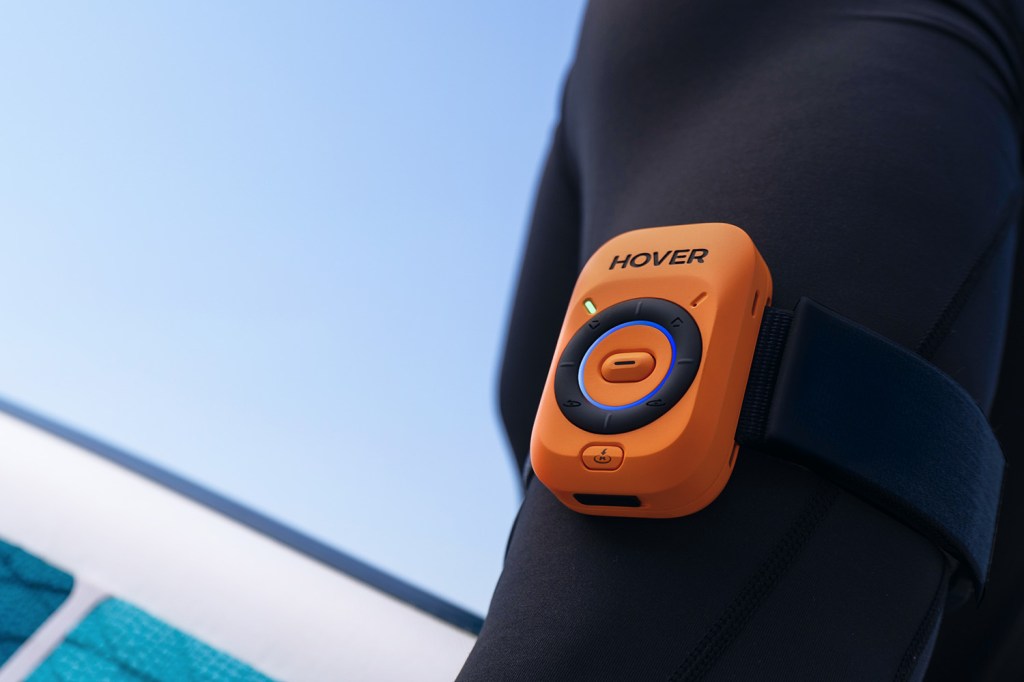
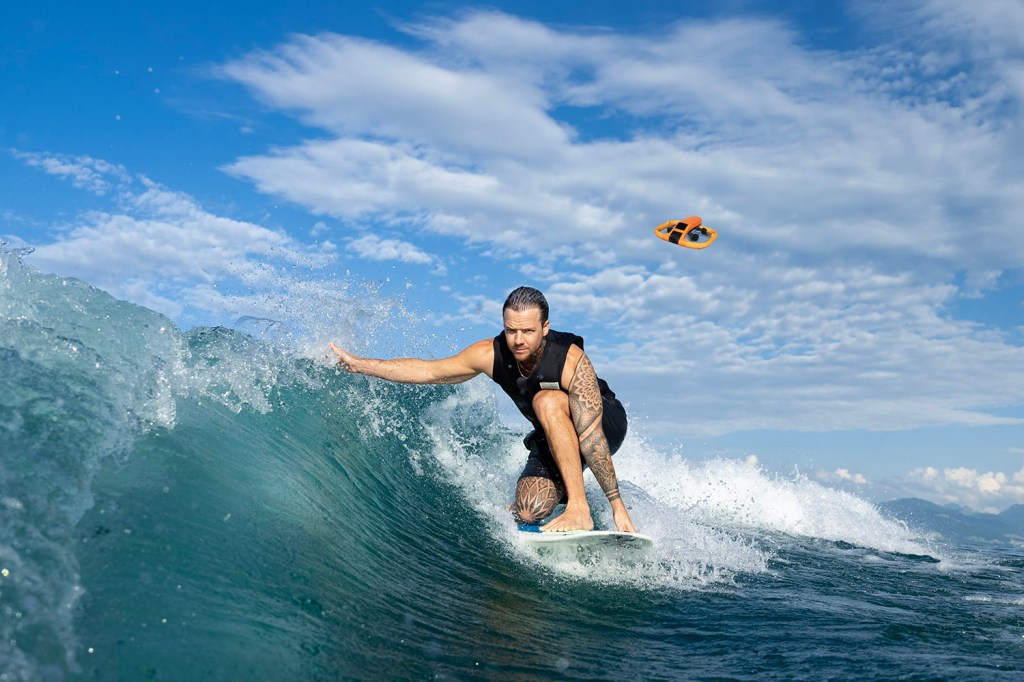
The key to the HoverAir Aqua’s autopiloting prowess is the Lighthouse, a wearable tracker that acts like a virtual tether and comes included in the drone’s base package. With tracking working down to the centimetre-scale, a flying Aqua always knows exactly where the Lighthouse is, and will follow it automatically to ensure that it doesn’t get lost while you’re wakeboarding away. The Lighthouse also includes controls for take-off, landing, recording, camera mode selection and recall, so there’s no need to pull out a controller or your phone.
The HoverAir Aqua is available via an Indiegogo campaign, and early backers can secure a drone for a special price of $999 (around £739). Deliveries aren’t expected until early 2026, but I’m hoping to get my hands on a pre-release sample later this year. Stay tuned for more updates in the near future.



